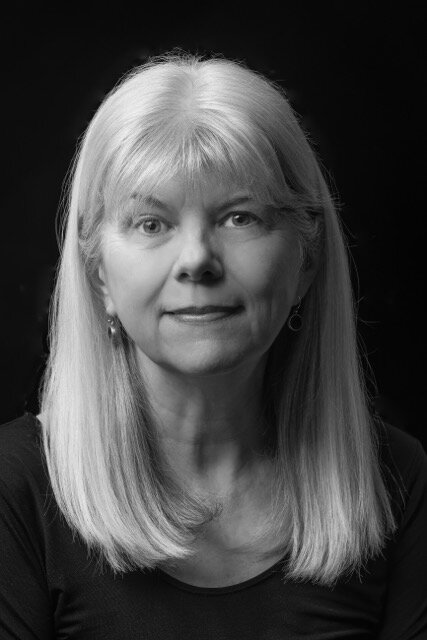
Presenter - Rebecca Michaels

Rebecca Michaels, Educator, Photographer and Design Professional
Afternoon Breakout Session
The Art of the Three Color Process
My academic research and visual studio practice has centered on the historical three-color process of rendering full color images that occurs today in virtually all contemporary chemical and electronic photographic processes. I teach students this process as a way to viscerally understand color theory and more importantly, how the additive and subtractive primary colors used in reproductive photographic processes actually function. This presentation would include a brief history of the three-color process and how contemporary artists and students are using color separations and the glitches that occur to comment on the contemporary human condition. As part of my Color Photography course at Tyler School of Art + Architecture, I introduce the history of color photography by showing James Clerk Maxwell and Thomas Sutton’s 1861 image of a tartan ribbon, the image considered to be the first color photograph. I discuss and demonstrate the three-color process used to make this first color photograph, which involves making three separate exposures through three color filters on to black and white film and then the images are superimposed to form a full-color image. I demonstrate this three-color process in class as proof that it is the foundation of virtually all chemical and electronic photographic processes. It is an “ah-ha” moment for students as they start to put together how color film, digital sensors, and even the computer screens are based on this method of reproducing colors in photographic processes. Students are fascinated by the “glitches” that occur with the three-color process images which can be seen in the images created by the Russian photographer Sergey Mikhaylovich Prokudin-Gorsky whose pioneering color photographs using the three-color shooting process to document the Russian Empire on the eve of World War I. Students are compelled to photograph contemporary scenes that emphasize these same kind of misalignment glitches which occur in the 3-color process for not only aesthetic purposes, but for cultural commentary as well. This presentation would include examples of the historical work {Prokudin-Gorsky} and contemporary student work who use the 3-color process and the attending glitches to address issues of destruction versus revitalization in contemporary culture.
Bio
Rebecca Michaels is an educator, photographer and design professional. She has been teaching at Tyler School of Art and Architecture in Philadelphia, PA since 1981 in a variety of capacities and currently teaches and mentors both undergraduate and graduate students. Michaels’ background includes extensive experience as an educator, photographer, book artist, certified Master offset printer, curator, administrator and design professional. She is deeply committed to and passionate about the education of the visual artist and the role of critical thinking in creating learning as a lifelong pattern. Michaels’ studio practice is anchored in and influenced by her graphic design and architectural sensibilities, with recent photographic work being book-based, both handmade and mass-produced. Michaels has exhibited nationally and internationally, with her book works in various museum collections including The Metropolitan Museum of Art Fine Art Book Collection, The Museum of Modern Art Artists Book Collection, and The New York City Library Rare Book Collection. Since 1983 Michaels has taught in at variety of art schools including Maryland Institute of Art, School of The Museum of Fine Arts Boston, and Tyler School of Art and Architecture where she currently teaches both undergraduate and graduate students and served as the Photography Program Director from 2010 to 2012. She has served as the MidAtlantic Chapter Chair, Society for Photographic Education {SPE} and is a Board Member for the Photo Review Philadelphia. MFA, Tyler School of Art and Architecture, Temple University, 1983 BFA, The Art Institute of Chicago, 1977